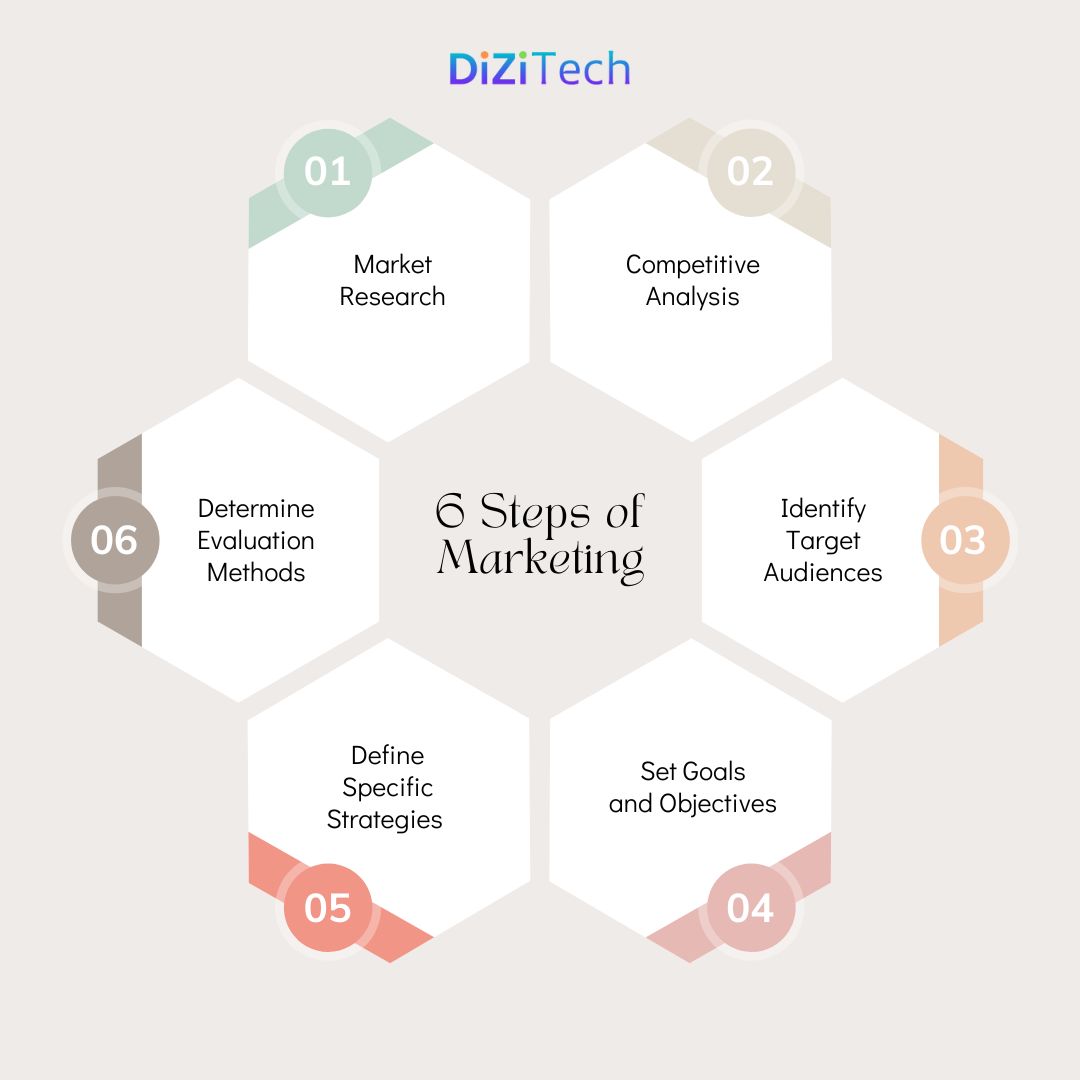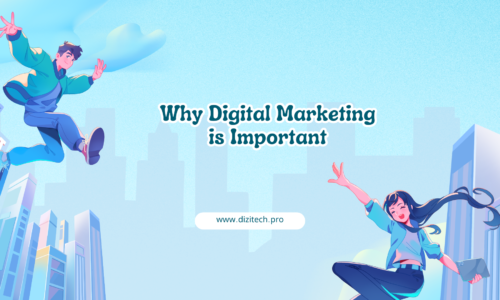Pay-Per-Click (PPC) advertising has revolutionized the way businesses reach and engage with their target audience. Unlike traditional marketing, PPC enables advertisers to pay only when their ads are clicked, ensuring measurable and cost-effective results. Platforms like Google Ads and social media networks offer businesses the tools to target specific demographics, keywords, and interests, maximizing the chances of conversion.
Achieving success in PPC requires more than just launching ads—it involves strategy, continuous optimization, and a clear understanding of your audience. This blog explores the essentials of PPC advertising and provides actionable strategies to maximize your return on investment (ROI).
Why PPC Advertising is Essential
PPC advertising offers unparalleled visibility and control, making it a crucial part of any digital marketing strategy. It provides immediate results, allowing businesses to connect with potential customers at the right moment. When executed effectively, PPC can drive traffic, boost conversions, and support overall marketing goals.


1. Understanding the Basics of PPC Advertising
PPC advertising works on a bidding system where advertisers compete for ad placements on search engines or social media platforms. Advertisers bid on keywords relevant to their business, ensuring their ads are shown to users searching for those terms.
Key Benefits of PPC:
- Immediate Results: Unlike SEO, PPC delivers instant visibility on search engine results pages (SERPs).
- Targeted Reach: Allows precise targeting based on location, device, demographics, and search intent.
- Cost Control: Budgets can be set and adjusted to align with your marketing goals.
- Measurable Performance: Detailed metrics provide insights into clicks, conversions, and ROI.
- Supports SEO Efforts: PPC drives traffic that can complement long-term SEO strategies.
By understanding the mechanics and benefits of PPC, businesses can create campaigns tailored to their goals and audience.
2. Strategies to Maximize ROI with PPC
Effective PPC campaigns are not just about running ads—they require constant monitoring, optimization, and testing.
Tips for Success:
-
Keyword Research is Key:
Use tools like Google Keyword Planner to identify high-performing and long-tail keywords. Focus on terms with high intent and low competition to optimize ad spend. -
Write Compelling Ad Copy:
Create headlines and descriptions that capture attention and address the user’s needs. Use a strong call-to-action (CTA) to drive clicks. -
Utilize Negative Keywords:
Prevent your ads from showing up for irrelevant searches by adding negative keywords. This reduces wasted spend and improves ad relevance. -
Leverage A/B Testing:
Test different versions of ad copy, landing pages, and visuals to identify what works best. Continuously refine your approach based on performance data. -
Optimize Landing Pages:
Ensure that your landing pages align with the ad content and provide a seamless user experience. Fast-loading, mobile-friendly pages with clear CTAs drive better conversions. -
Monitor and Adjust Bids:
Regularly review your bids for keywords and adjust them to maximize results without overspending. -
Use Ad Extensions:
Enhance your ads with site links, callouts, and structured snippets to provide more value to users and improve click-through rates. -
Analyze Performance Metrics:
Focus on key metrics like Quality Score, Click-Through Rate (CTR), and Conversion Rate to assess campaign effectiveness and identify areas for improvement.
By incorporating these strategies, businesses can create PPC campaigns that are both cost-effective and impactful.
Maximizing ROI with PPC Advertising: Strategies for Success

3. The Role of Analytics in PPC Success
Data-driven decision-making is the cornerstone of successful PPC advertising. Analytics tools like Google Ads, Google Analytics, and platform-specific dashboards provide real-time insights into campaign performance. These tools allow you to track user behavior, measure ROI, and make informed adjustments to improve results. Regularly reviewing analytics ensures that your campaigns remain aligned with your business objectives and adapt to changing market conditions.
Marketing without data is like driving with your eyes closed.
Dan Zarrella
Conclusion
PPC advertising is a powerful tool for driving targeted traffic, generating leads, and increasing conversions. However, to truly maximize ROI, businesses must approach PPC strategically—focusing on keyword research, ad copy, landing page optimization, and performance analysis. The flexibility and measurable nature of PPC make it an invaluable asset for businesses looking to scale their digital marketing efforts. By following the strategies outlined in this blog, you can create PPC campaigns that not only deliver results but also provide long-term value for your business. In the competitive world of online advertising, PPC can be your key to staying ahead of the curve.



